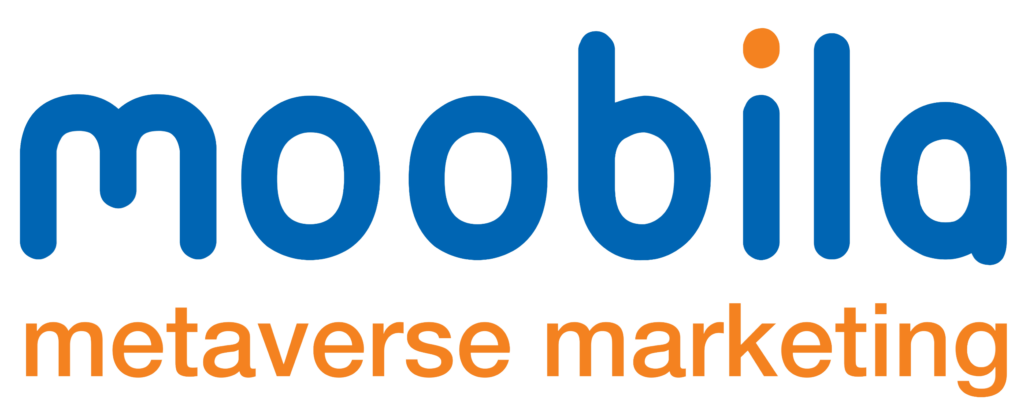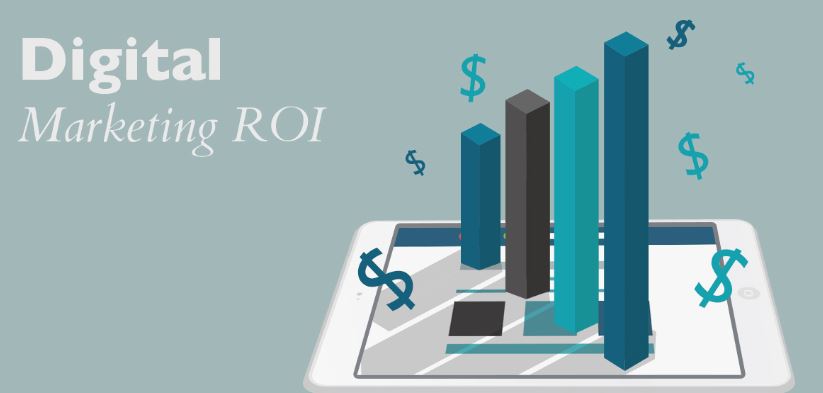In the ever-evolving landscape of digital marketing, understanding the return on investment (ROI) is crucial for businesses aiming to maximize their marketing efforts and budget. Measuring ROI not only helps in assessing the effectiveness of marketing strategies but also informs future decisions. This blog will guide you through the process of measuring online marketing ROI, discussing key metrics, methodologies, and best practices to ensure your marketing investments yield the highest returns.
Understanding Digital Marketing ROI
Digital Marketing ROI refers to the revenue generated from digital marketing activities relative to the costs incurred in those activities. It provides insights into how effectively your marketing strategies convert investments into profits.
Why Measuring ROI is Important
- Performance Evaluation: Helps determine which campaigns are successful and which need improvement.
- Budget Allocation: Informs where to allocate resources for maximum impact.
- Strategic Planning: Guides future marketing strategies based on past performance.
Key Metrics for Measuring Digital Marketing ROI
To accurately measure ROI, it’s essential to track and analyze several key metrics. Below are some of the most important metrics to consider:
| Metric | Description |
| Revenue Growth | The increase in revenue is attributed to digital marketing efforts. |
| Customer Acquisition Cost (CAC) | The total cost of acquiring a new customer through digital channels. |
| Conversion Rate | The percentage of visitors who complete a desired action (e.g., purchases). |
| Customer Lifetime Value (CLV) | The total revenue expected from a customer over their entire relationship with your business. |
| Traffic Sources | The origin of website traffic (organic, paid, social media, etc.). |
Calculating Digital Marketing ROI
The formula for calculating digital marketing ROI is straightforward:
ROI=Net ProfitCost of Investment×100
ROI=
Cost of Investment
Net Profit
×100
Where:
- Net Profit = Total Revenue – Total Costs
Step-by-Step Calculation
- Determine Total Revenue: Identify the revenue generated from your digital marketing efforts.
- Calculate Total Costs: Sum up all costs associated with your digital marketing campaigns (advertising spend, tools, manpower).
- Apply the ROI Formula: Use the formula above to calculate your ROI percentage.
Example Calculation
Let’s say you spent $5,000 on a digital marketing campaign and generated $20,000 in revenue.
Net Profit=20,000−5,000=15,000
Net Profit=20,000−5,000=15,000
ROI=15,0005,000×100=300%
ROI=
5,000
15,000
×100=300%
This means that for every dollar spent on the campaign, you earned $3 in profit.
Tools for Measuring Digital Marketing ROI
Several tools can assist in tracking and measuring your digital marketing ROI effectively:
Google Analytics
- Purpose: Tracks website traffic and user behavior.
- Key Features:
- Conversion tracking
- Traffic source analysis
- Goal setting
CRM Software (e.g., HubSpot, Salesforce)
- Purpose: Manages customer relationships and sales data.
- Key Features:
- Customer acquisition tracking
- Sales funnel analysis
- Reporting capabilities
Social Media Analytics Tools (e.g., Hootsuite, Sprout Social)
- Purpose: Measures engagement and performance across social media platforms.
- Key Features:
- Post-performance metrics
- Audience insights
- Campaign tracking
Best Practices for Measuring Digital Marketing ROI
To ensure accurate measurements and actionable insights, consider implementing the following best practices:
Set Clear Goals
Define specific, measurable goals for each campaign before launching. This could include increasing website traffic by a certain percentage or generating a specific number of leads.
Track All Expenses
Maintain detailed records of all costs associated with your digital marketing efforts. This includes advertising spend, software subscriptions, and personnel costs.
Use UTM Parameters
Implement UTM parameters in your URLs to track the performance of individual campaigns more effectively. This allows you to see which sources are driving traffic and conversions.
Common Challenges in Measuring Digital Marketing ROI
While measuring ROI is essential, it can come with challenges:
1. Attribution Issues
Determining which channel or campaign contributed most to a sale can be complex due to multi-touch attribution models.
2. Time Lag Between Investment and Returns
It may take time for investments in digital marketing to translate into measurable results, making immediate assessments challenging.
3. Data Overload
With numerous metrics available, it can be overwhelming to sift through data and identify what truly matters for your business objectives.
Also Read:
- How to Improve SEO with Content Clustering
- Digital Marketing Tools for Small Businesses
- Digital Marketing Funnel Stages
Conclusion
Measuring digital marketing ROI is not just about crunching numbers; it’s about gaining insights that drive better decision-making and strategic planning. By understanding key metrics, utilizing effective tools, and adhering to best practices, businesses can optimize their marketing efforts for maximum return.
As the digital landscape continues to evolve, staying informed about new trends and technologies will further enhance your ability to measure and improve your marketing performance. Ultimately, a focus on clear goals and data-driven strategies will empower businesses to make informed decisions that lead to sustained growth and success in their digital marketing endeavors.
By implementing these strategies and continuously refining your approach based on insights gained from measuring ROI, you can ensure that every dollar spent on digital marketing contributes meaningfully to your bottom line. Partnering with a digital marketing agency like Moobila can provide expert guidance and support in maximizing your ROI.



